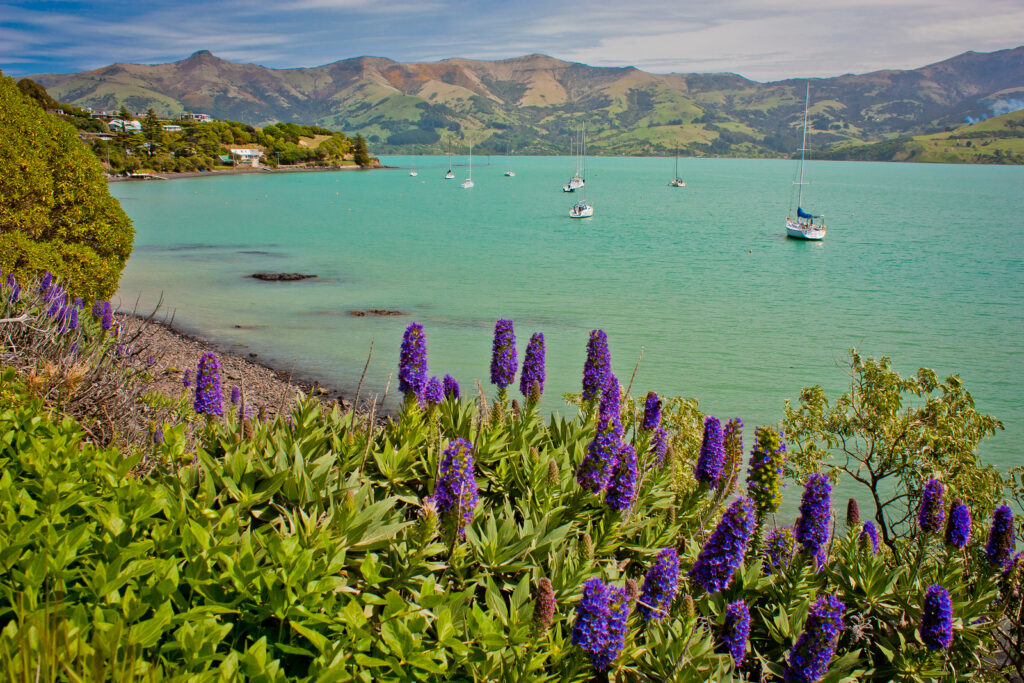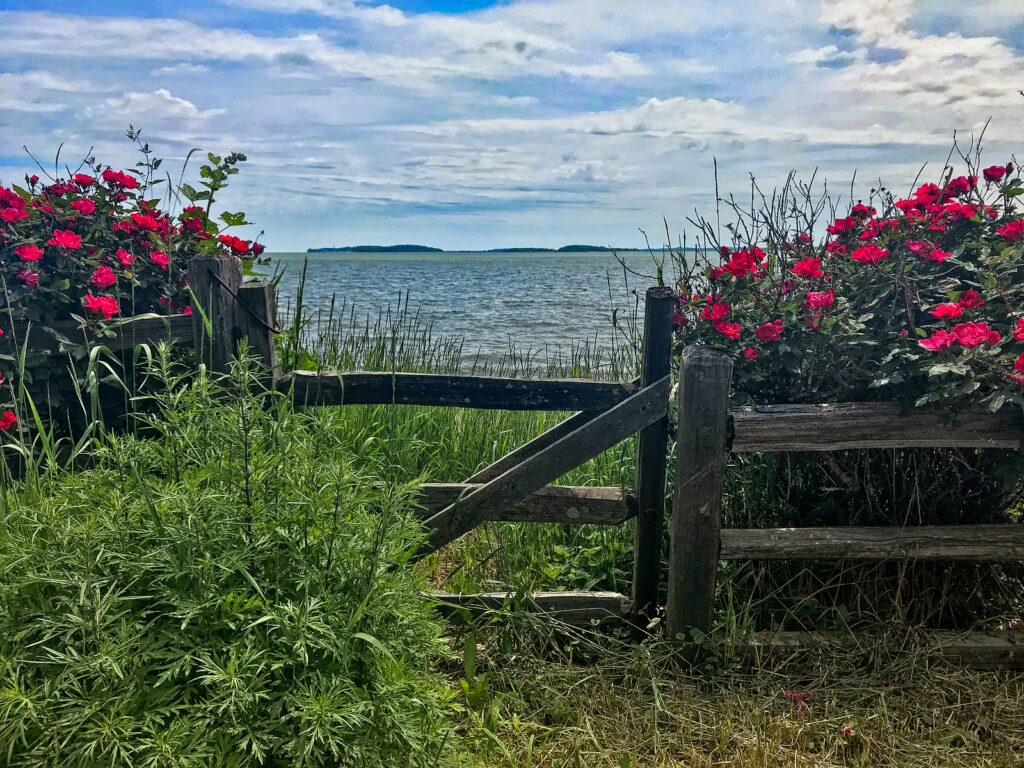Gardening near the ocean or a very large lake can be a challenge. Large bodies of water create weather and microclimate conditions that can test plants and gardeners.
To garden near the coast you will need to know what plants thrive near water, if they are salt-tolerant, what temperature highs and lows they can withstand, soil composition—especially how sandy or clay-rich the soil is, and wind patterns.
Knowing that weather can change quickly near oceans and large bodies of water, you can either choose plants that can withstand the elements or create a garden that is somewhat enclosed with its own microclimate. Either will be a challenge.
Here are a few suggestions for coastal gardeners:
Choose the right plants
If you are near the ocean, choose plants that can withstand salt spray and salty soil. No plant is salt-proof, but some are more tolerant than others. Salt spray can travel miles inland and wind-borne salt can settle in the soil.
Choose roses and other flowers that have a low petal count. Fog and dew often settle in coastal areas. Moisture that sits on plants and their blossoms is slow to evaporate and can host fungal diseases. Flowers with high petal counts can easily rot when they stay wet into the evening.
Look for plants that have the common name “beach” or “sea” such as sea thrift or beach grass, and look for plants with the Latin names “maritima” (coast) or “litore” (beach); names often give away where a plant can thrive.

Wind-resistant plants
Wind can be a near-constant problem near the ocean and large lakes. Choose plants that are wind-resistant; these will be low-growing plants often with deep roots. Again, check at a nearby garden center for recommendations.
Be aware of the direction of constant breezes. Wind can rapidly dry out plant leaves. Plants with thin leaves or shallow roots should be set behind walls, fences, or hedges that shield them from the wind. Some plants have thick glossy leaves that can withstand wind; these are good choices for hedges and windbreaks.
Avoid invasive plants
Some garden plants can be invasive. Be sure the plants you select are not. Beaches, sand dunes, and land nearby are fragile. It’s important to avoid growing plants that can escape into the environment outside your garden. Ask at a nearby garden center or the Cooperative Extension Service for a list of invasive plants.
Improve sandy soil
Sandy soil can be a problem. Sandy soil is quick to drain and dry. As water passes quickly through sandy soil, nutrients that help plants grow can be leached away. Adding organic matter—aged compost or commercial organic planting mix—is the best way to improve sandy soil. These amendments hold moisture allowing plant roots to drink and feed.

Grow in containers and raised beds
If amending planting beds sounds like too much work or expense, grow your garden in pots or raised beds. Raised beds are bottomless planters that sit on the native soil and are filled with organic planting mix and topsoil. A raised bed will lift your plants above problem soil. You can make your own raised bed (use cedar that resists rot) or you purchase a raised bed kit.
Pots and containers are simply another form of raised bed. Most garden annuals and perennials are easily grown in pots. A rose can grow in a pot as small as 5 gallons; the bigger the pot the larger the plant you can grow. Annuals are easily grown in 1-gallon pots or low planters. Fill your pots, containers, or raised beds with organic potting mix. Be sure pots and containers have holes in the bottom that allow for quick drainage.
Pots and containers are easily moved; make sure they get the light your plants need and are kept out of the wind.















